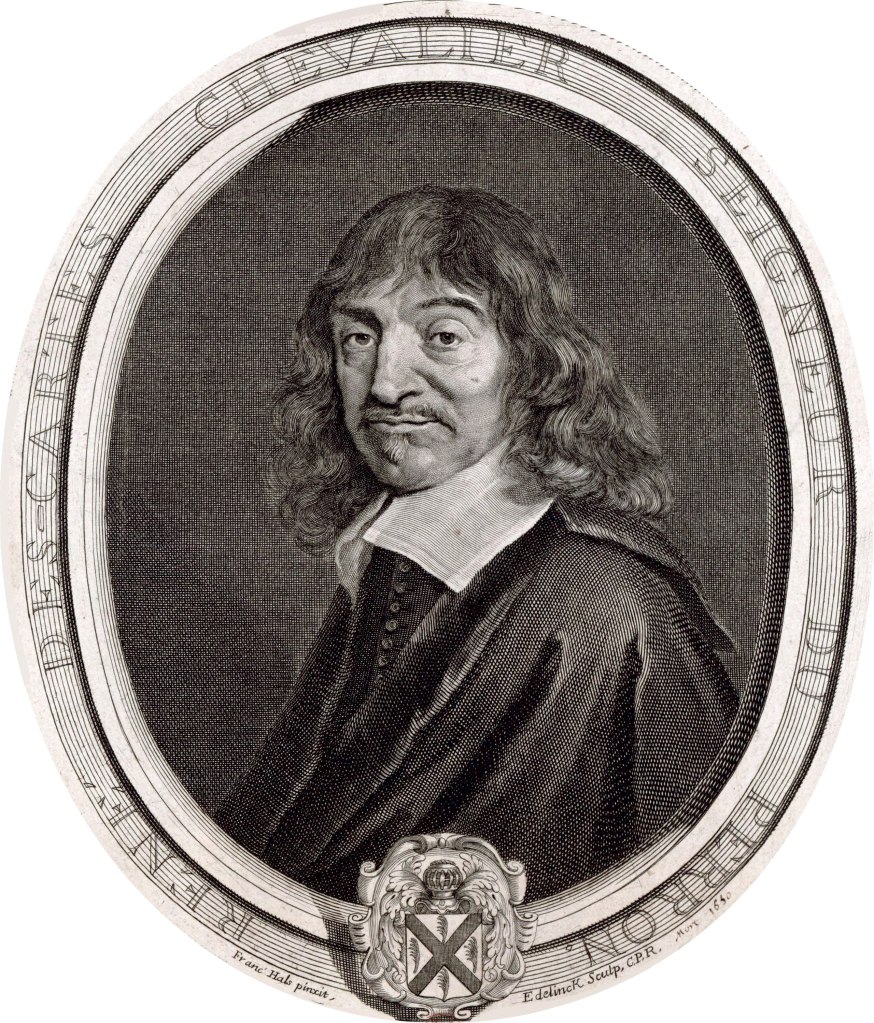In his publication, “The History of the Barometer” (The Johns Hopkins Press, 1964), W. E. Knowles Middleton elaborates on the relationship between Isaac Beeckman (1588–1637) and René Descartes (1596–1650), indicating that their association ultimately resulted in a dispute. Middleton characterizes Descartes as a thinker whose notions regarding physics have mostly been proven erroneous, a stern yet historically accurate evaluation. Nevertheless, in spite of Descartes’ numerous inaccuracies, his influence on physics during the 16th and 17th centuries was substantial. Even Isaac Newton (1642–1727), who initially adhered to Descartes, subsequently shaped his own physics partly as a reaction to Cartesian concepts. The contention between Cartesian and Newtonian physics influenced scientific discussions in Europe well into the 18th century, eventually resulting in Newton’s success.
Descartes’ most acclaimed piece, “Discours de la méthode” (Discourse on the Method), released in 1637, introduced his rational, deductive scientific approach through three essays: “La Dioptrique” (on optics), “La Géométrie” (on geometry), and “Les Météores” (on atmospheric phenomena). He laid out four principles for acquiring knowledge: only accept indubitable truths, decompose problems into parts, reason from the simple to the complex, and maintain comprehensive views.
Geometry, which Descartes regarded as undeniable, underpinned his optical theories. In “La Dioptrique,” Descartes suggested that space is occupied by interconnected particles that convey light instantaneously through pressure rather than through motion. His comparisons, like the rigid balls passing light and the tactile sensation of a stick aiding the blind, illustrate these concepts but do not entirely meet his claimed methodological standards.
While he offered significant insights, such as accurately formulating the laws of reflection and refraction based on particle movement, Descartes also clung to the incorrect idea that light traveled instantaneously—a misconception later disproven by Ole Rømer’s demonstration of light’s finite speed in the 1670s.
Beyond geometric optics, “La Dioptrique” also tackled concerns like spherical aberration in lenses, suggesting hyperbolic lenses as a solution, although such designs were impractical at the time. “Les Météores” centered on atmospheric optics, particularly delivering a comprehensive explanation of rainbows using reflection and refraction, refining earlier theories but mistakenly claiming his methods as innovative contributions.
Despite Descartes’ considerable mistakes, especially regarding the propagation and nature of light and vision (which he discussed without reference to Kepler’s theories), his work significantly influenced the development of optical and physical theories in his time. Descartes’ concepts, although flawed, were crucial in fostering scientific advancement and debate, showcasing both the merits and limitations of his rationalist approach.
